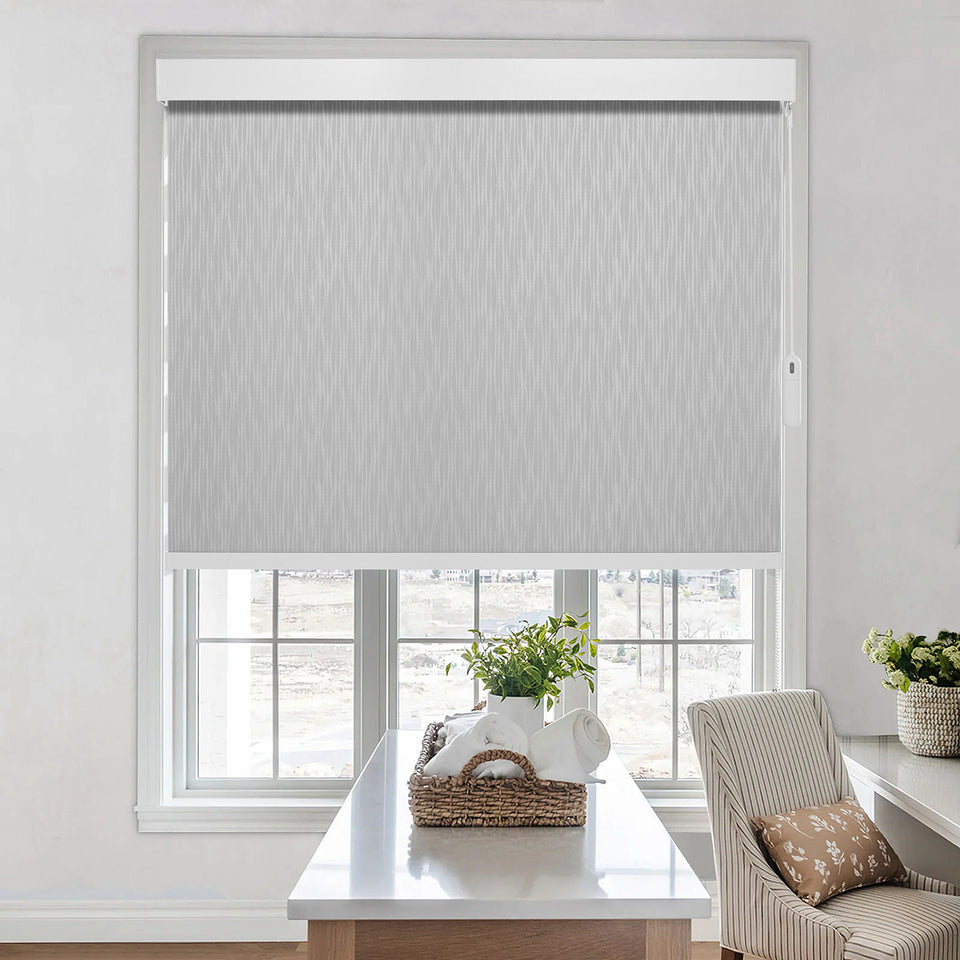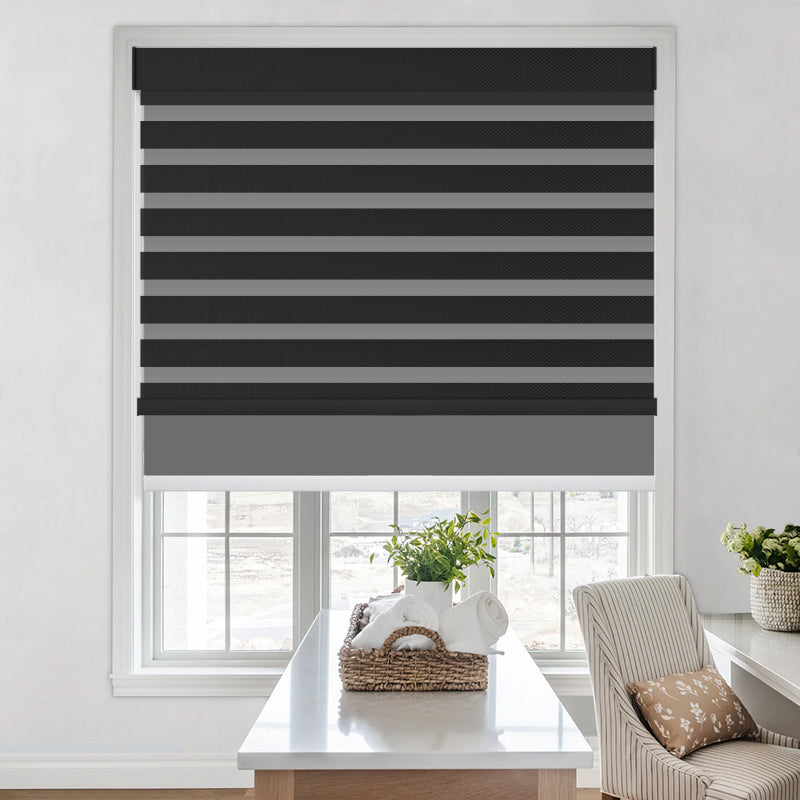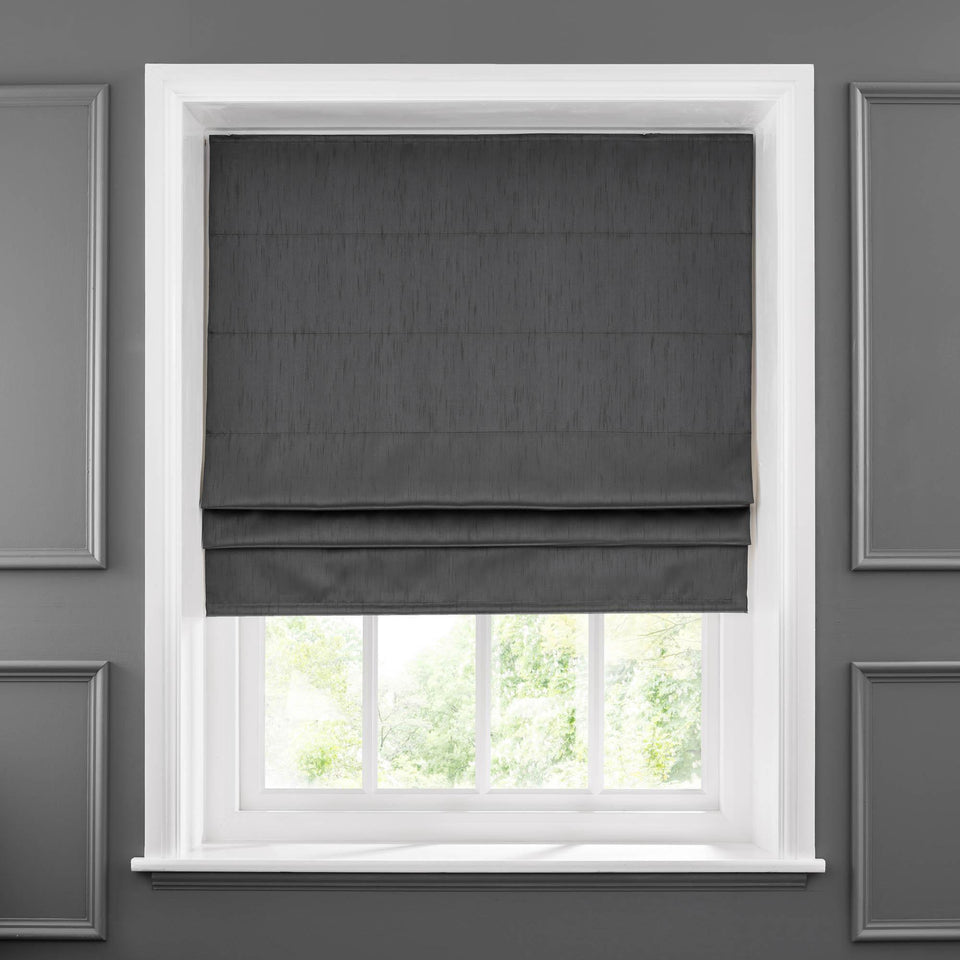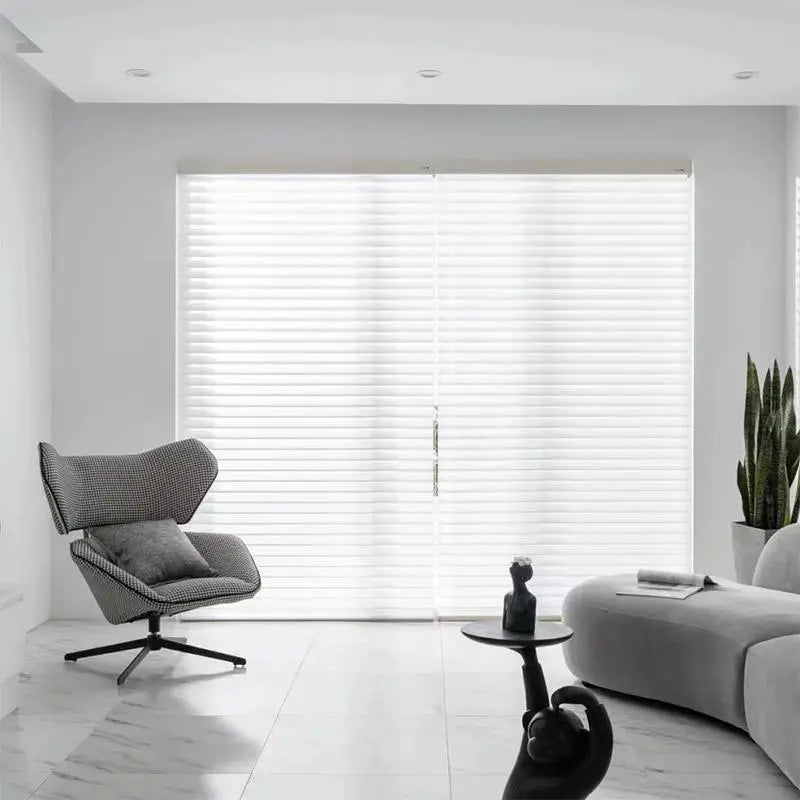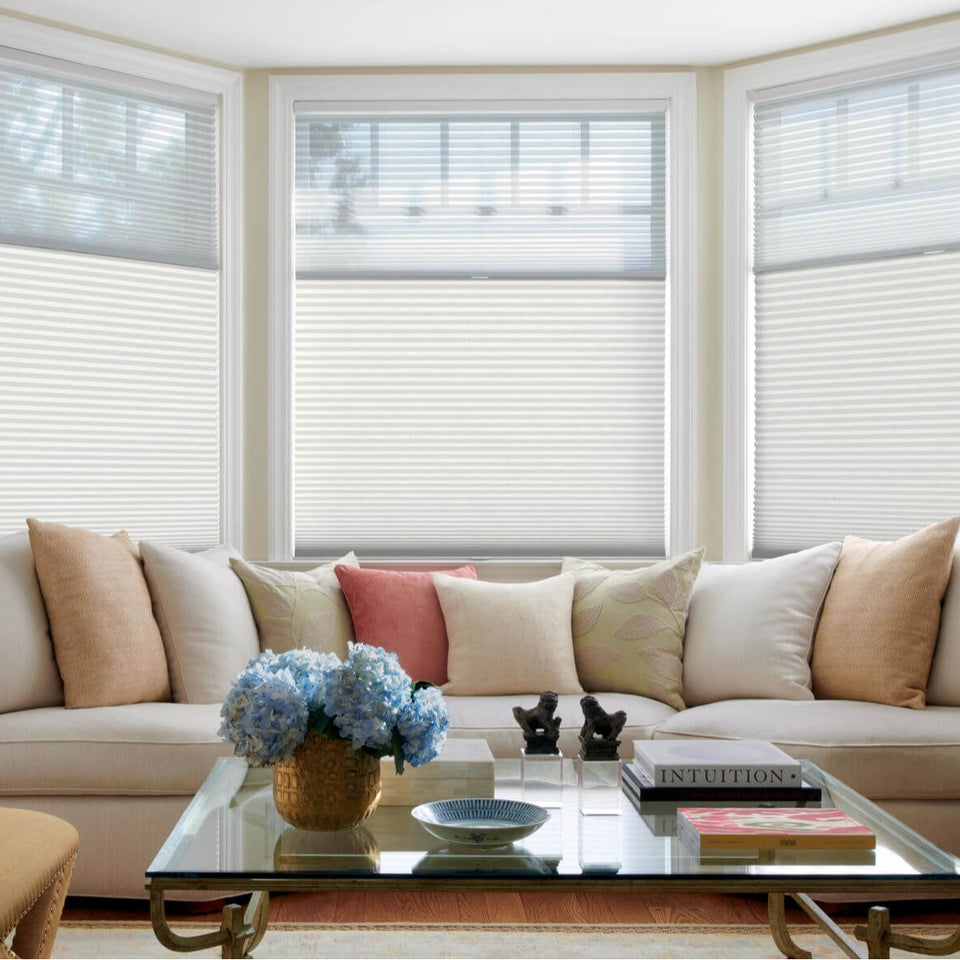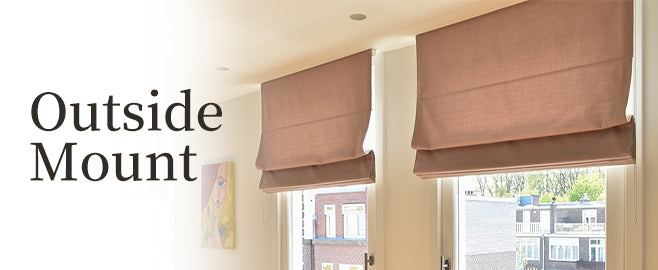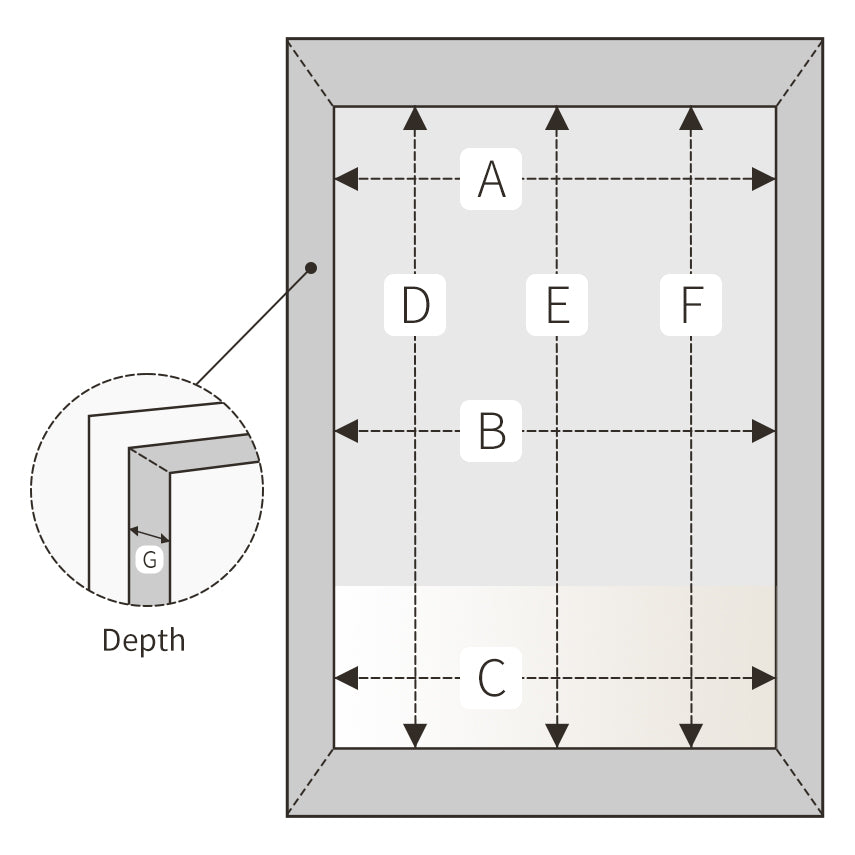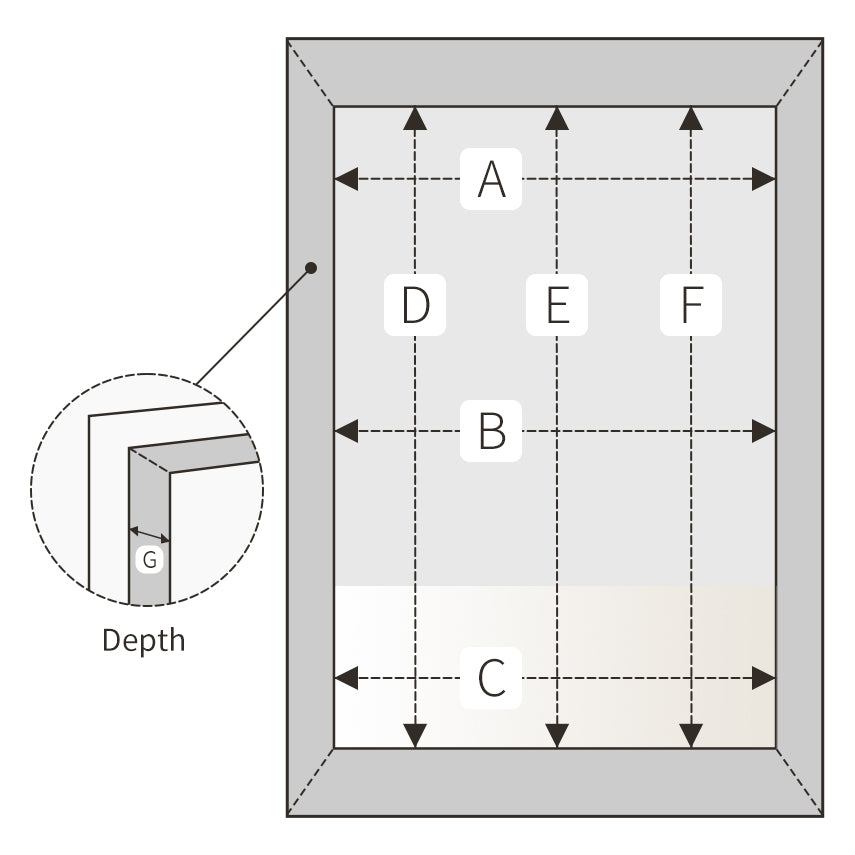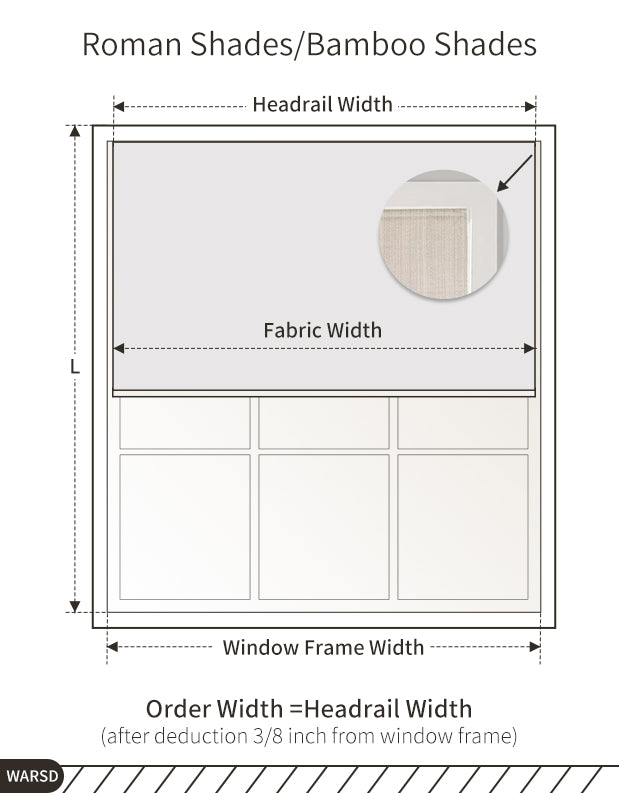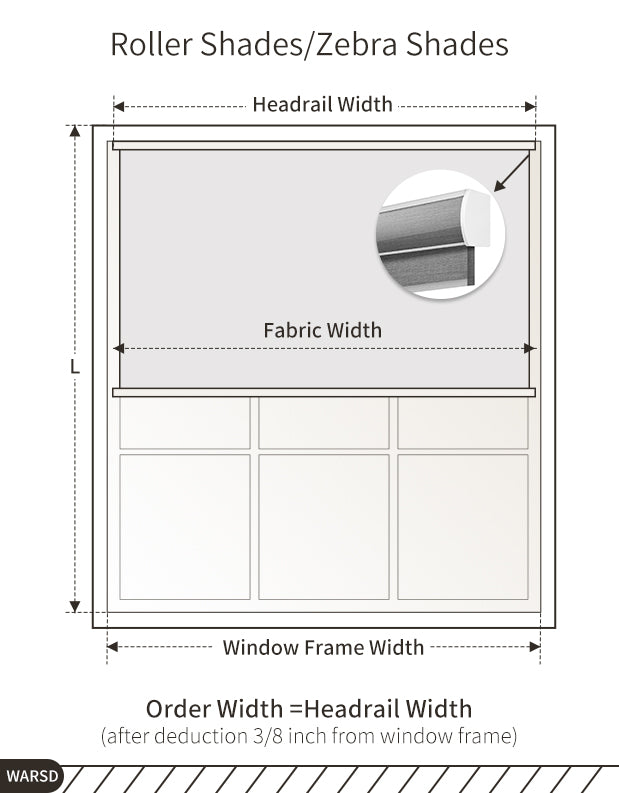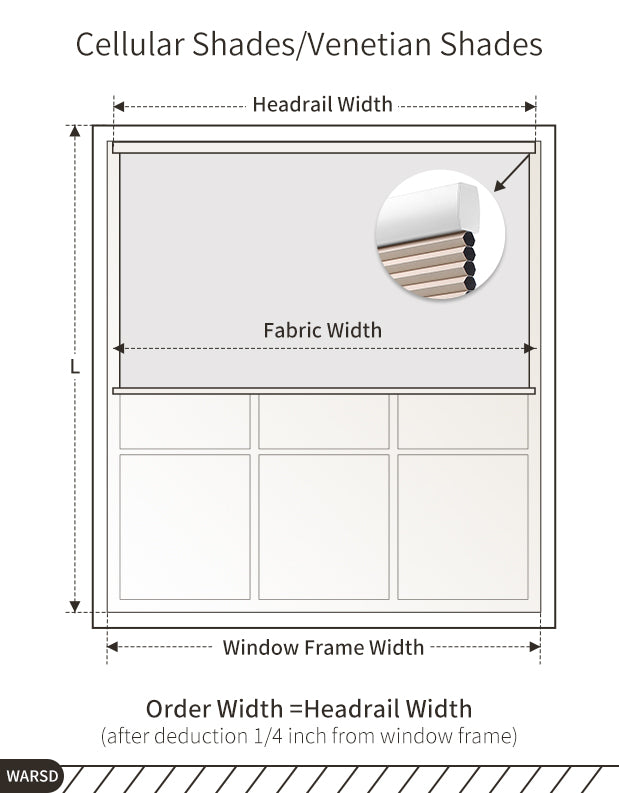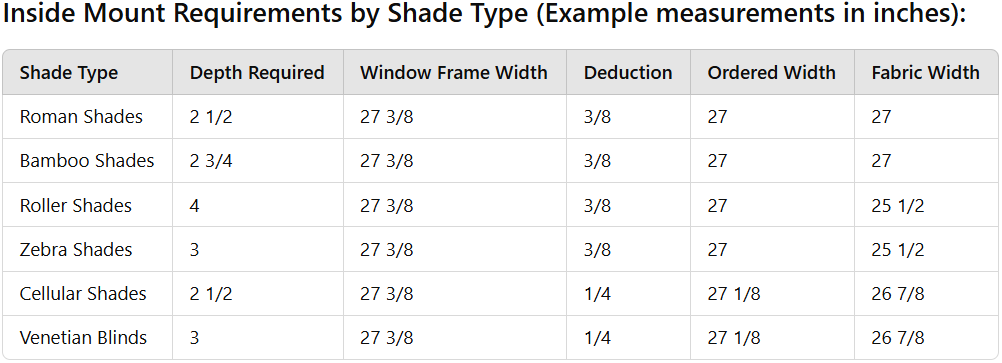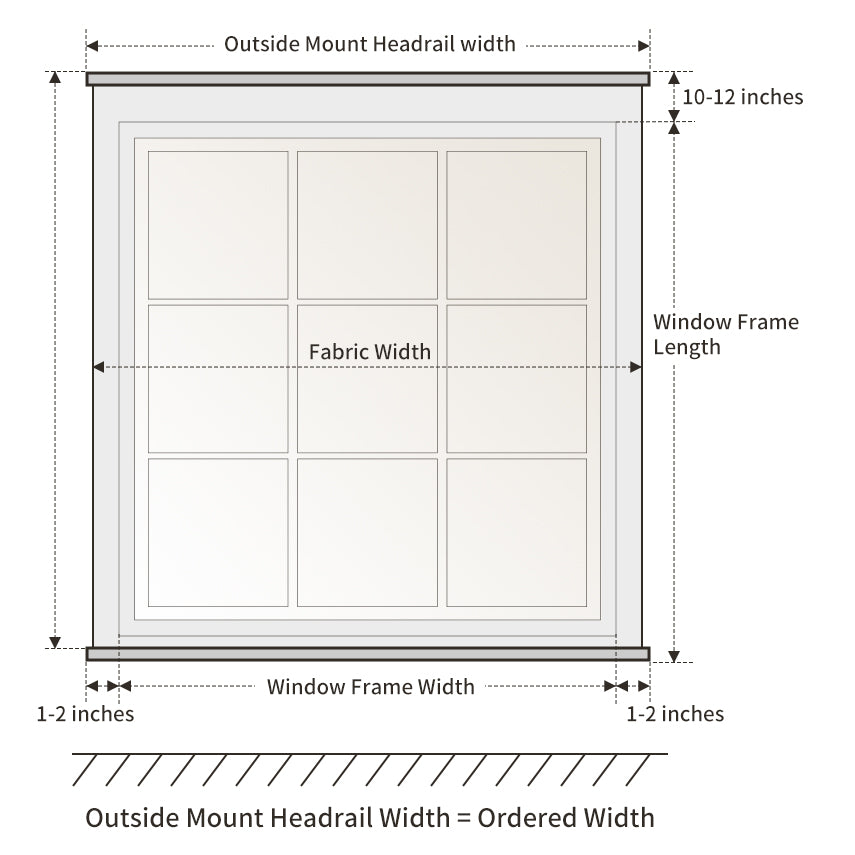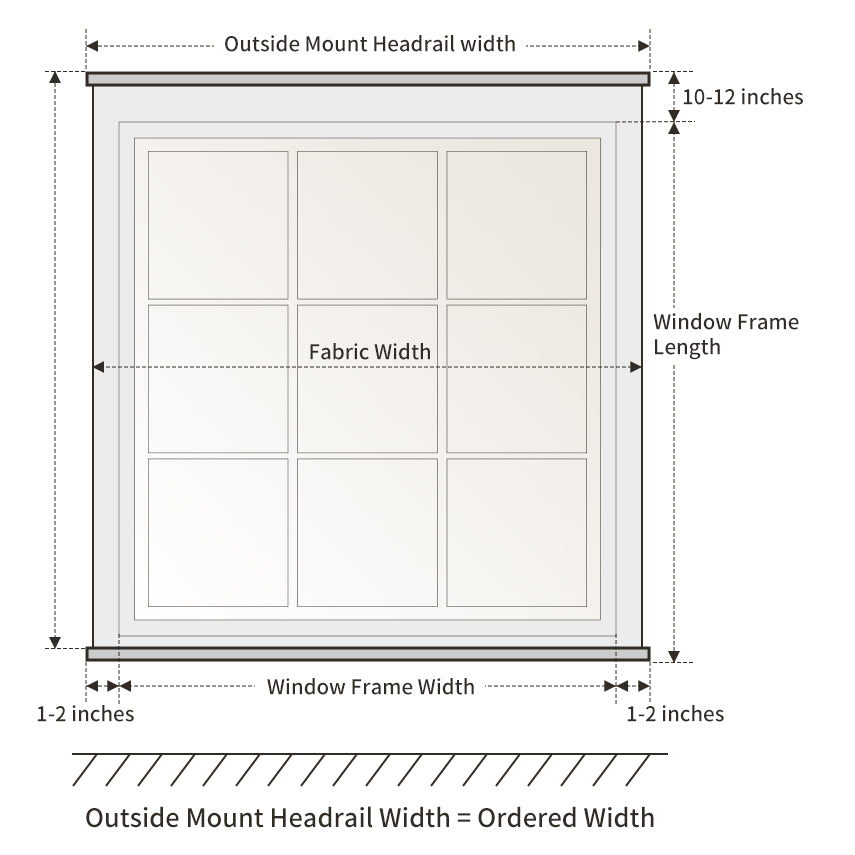Choose Your Mount: Inside Mount vs. Outside Mount
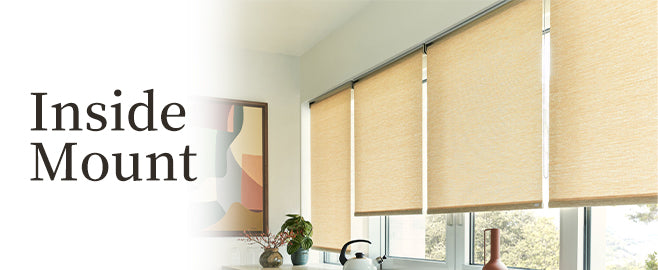
Before measuring, decide where you want your blinds or shades to mount.
Inside Mount
An inside mount for window shades or blinds means installing the window treatment within the window frame itself. This approach creates a sleek, seamless look since the blinds sit flush inside the frame and the decorative trim remains visible. Inside-mounted blinds also save space and complement modern, minimalistic decor by keeping window coverings neatly contained. It’s a great choice if you want a clean, built-in appearance that highlights your window’s architecture. To enjoy these benefits, you’ll need accurate measurements – and this guide will walk you through exactly how to measure your windows for an inside mount, step by step.






